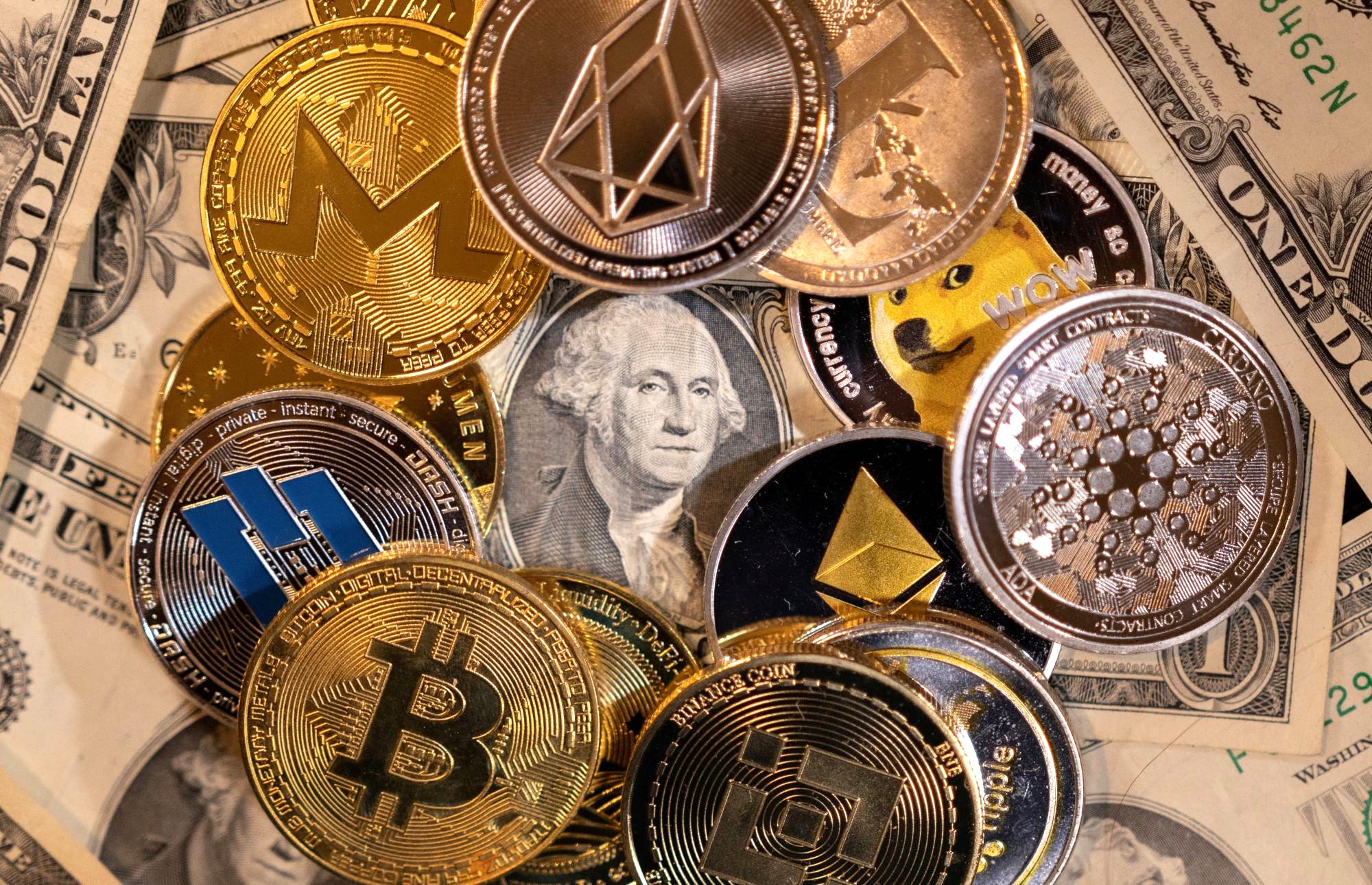Cryptocurrency vs. Stablecoin: are both types of digital currencies, but they have distinct characteristics and purposes.
Value Stability:
Cryptocurrency: Cryptocurrencies like Bitcoin and Ethereum are known for their price volatility. Their values can fluctuate significantly over short periods, making them risky as an everyday medium of exchange.
Stablecoin: Stablecoins, as the name suggests, are designed to have a stable value. They are typically pegged to a stable asset, such as a fiat currency (e.g., USD) or a commodity, to minimize price fluctuations. This stability makes stablecoins suitable for transactions and as a store of value.
Use Cases:
Cryptocurrency: Cryptocurrencies are often used as investments, speculative assets, or a means of transferring value across borders. They are also used in decentralized applications (DApps) and smart contracts.
Stablecoin: Stablecoins are primarily used for day-to-day transactions, remittances, and as a bridge between the traditional financial system and the world of cryptocurrencies. They provide a way to hold a digital asset without the risk of significant value swings.
Volatility:
Cryptocurrency:
Cryptocurrencies are known for their price volatility, with the potential for substantial gains but also significant losses. This volatility can be a barrier to using them for regular transactions or as a reliable unit of account.
Stablecoin:
Stablecoins aim to eliminate or reduce price volatility, providing a predictable value, which is crucial for conducting business and making everyday purchases.
Backing and Mechanism:
Cryptocurrency:
Cryptocurrencies have value based on factors like supply and demand, adoption, and market sentiment. They do not have direct backing by any physical asset or government.
Stablecoin:
Stablecoins are typically backed by assets like fiat currency (e.g., USD) held in reserve, or they use algorithms to maintain a stable value. These mechanisms help stabilize the value of the stablecoin.
Regulation:
Cryptocurrency:
Cryptocurrencies are often subject to varying degrees of regulation depending on the country or jurisdiction. Regulations can be aimed at taxation, anti-money laundering (AML), and consumer protection.
Stablecoin:
Stablecoins, especially those backed by fiat currencies, are often subject to more extensive regulatory oversight due to their role as a bridge between traditional finance and the crypto ecosystem.
Transfer Speed and Cost:
Cryptocurrency:
Cryptocurrency transactions can be quick and cost-effective, especially for international transfers. However, the transaction fees and speed may vary based on network congestion and blockchain used.
Stablecoin:
Stablecoin transactions are typically faster and less expensive than traditional bank transfers. They combine the advantages of blockchain technology with the stability of fiat currencies.
